Gravity’s Playground: The Resurgence and Artistry of Japan’s Kendama
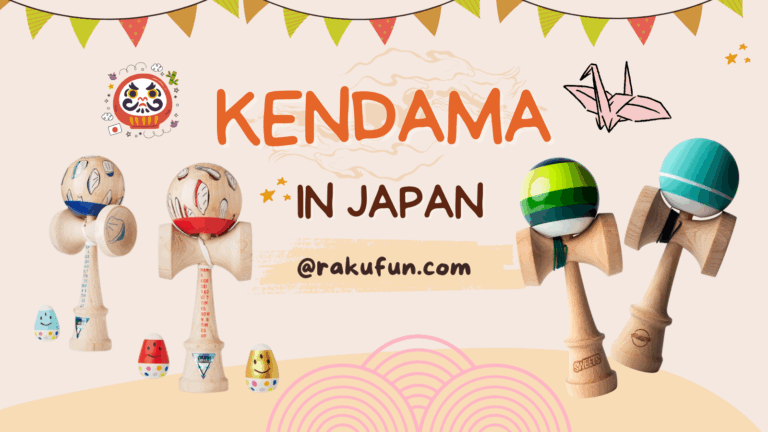
In an age of digital entertainment and rapidly changing trends, the simple wooden toy known as kendama continues to captivate generations with its elegant interplay between gravity, skill, and focus. While often perceived as a traditional Japanese children’s game, kendama has evolved into a global phenomenon with a vibrant competitive scene, artistic craftsmanship, and even therapeutic applications. This deceptively simple cup-and-ball game conceals a rich history of cross-cultural exchange and a surprising depth of physical and mental challenge that continues to attract new enthusiasts worldwide.
From European Origins to Japanese Refinement: A Transcultural Journey
The story of kendama begins not in Japan, but in Europe during the 16th century. Historical evidence suggests that a cup-and-ball game known as “bilboquet” emerged in France, eventually spreading across the continent with various regional adaptations. The basic concept—catching a ball attached by a string to a handle—appears in different forms from Spanish “boliche” to Inuit “ajaqaq.” This simple toy likely reached Japan through Nagasaki, the country’s primary international trade port during the Edo period’s isolationist policy.

The Japanese transformation of this imported toy began in earnest during the early 20th century. The modern kendama form was standardized in 1919 by Hamaji Egusa, who added the signature second cup to the design. Ishidzu Company further refined the toy, creating what became known as the “Nichigetsu Ball” (Sun-Moon Ball) featuring distinctive painted designs. This period marked kendama’s transition from folk toy to structured plaything, setting the stage for its eventual global reach. The Japan Kendama Association, founded in 1975, established standardized rules, techniques, and grading systems that transformed casual play into a disciplined practice with recognized achievements.
Beyond the Basics: The Language of Kendama Mastery
To the uninitiated, kendama appears straightforward—simply catch the ball in one of the cups. In reality, it represents a complex physical discipline with its own vocabulary of tricks and techniques. The basic kendama consists of several components: the “ken” (sword) featuring a pointed spike, two small cups (“ōzara” and “kozara”), one bottom cup (“chūzara”), and the “tama” (ball) with a small hole. The fundamental challenge lies in manipulating these elements through precise hand-eye coordination and controlled movement.
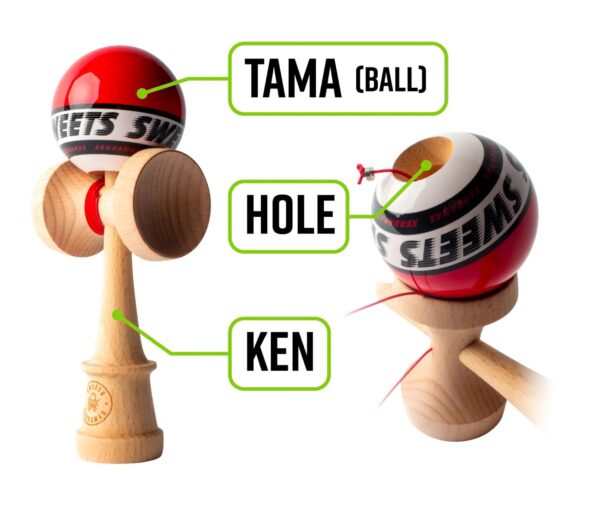
The progression of kendama skills follows a structured path beginning with basic catches like the “big cup” or “small cup” before advancing to more complex maneuvers. Intermediate tricks include the “bird” (balancing the ball on the ken), “lighthouse” (balancing the ken on the ball), and “around Japan” (a sequence involving all cups). Advanced practitioners perform breathtaking combinations like “space walk” (continuous lighthouse spins) or “gunroll” (rolling the ken around the string). The ultimate challenge for many players is the “ken grip spike,” where the player catches the ball’s hole directly on the spike while holding the ken inverted.
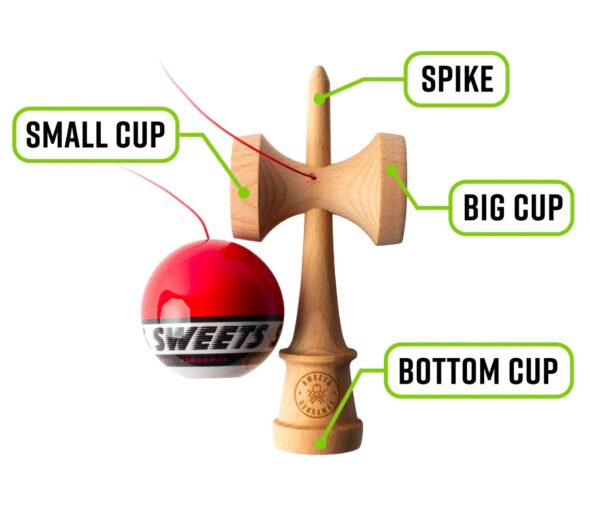
What makes kendama particularly compelling is its blend of physical and mental disciplines. Successful play requires not just mechanical skill but intense focus, patience, and the ability to enter a state of flow. The rhythmic motion, the click of the ball meeting the cup, and the singular concentration required create an almost meditative experience that many practitioners find therapeutic in our distraction-filled world.
The Modern Kendama Renaissance: From Tradition to Global Subculture
While kendama never completely disappeared from Japanese childhood, its recent resurgence represents one of the more surprising cultural revivals of the 21st century. Beginning in the early 2000s, kendama experienced a remarkable rebirth, transforming from nostalgic relic to vibrant global subculture. This revival can be attributed to several factors, including increased international exposure through social media platforms like YouTube and Instagram, where players share impressive trick combinations and compete in online battles.
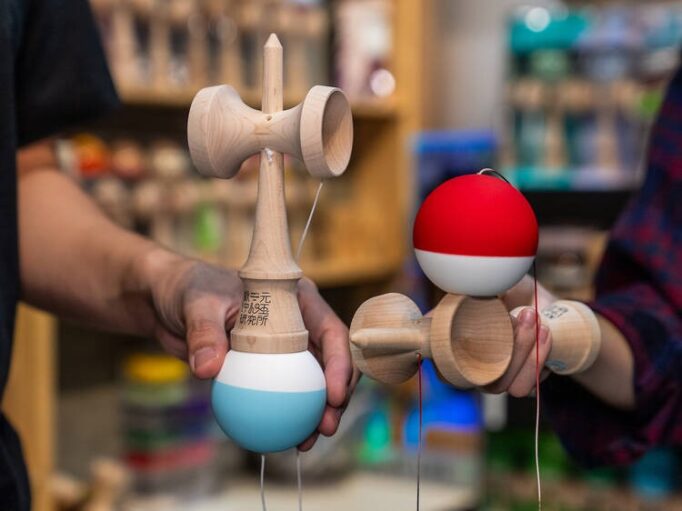
The contemporary kendama scene represents a fascinating blend of tradition and innovation. Major competitions like the Kendama World Cup and the Asian Kendama Open attract hundreds of competitors from dozens of countries, showcasing astonishing levels of skill and creativity. Simultaneously, kendama manufacturers have evolved from producing simple wooden toys to creating sophisticated performance equipment. Companies like Sweets Kendamas, KROM Kendama, and Kendama USA have introduced technological innovations including specialized grip paints, weight-balanced designs, and durable beechwood or birch construction that enhance playability.
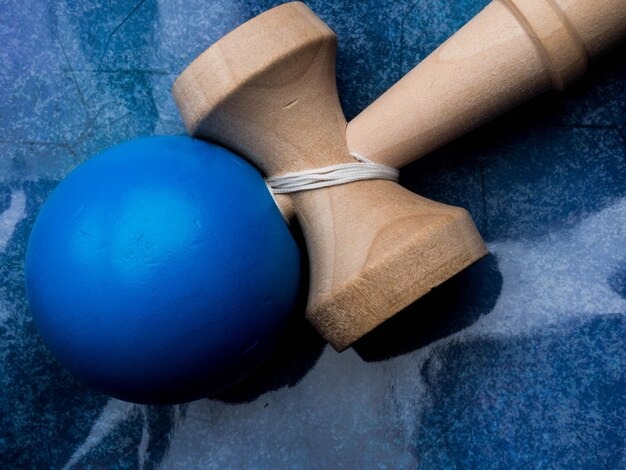
Modern kendama culture has developed its own aesthetics, with limited edition designs, artist collaborations, and custom modifications becoming highly sought after. The community has expanded beyond Japan to include dedicated players across North America, Europe, and Southeast Asia, connected through online tutorials, international events, and shared passion for this traditional-turned-global toy.
Craftsmanship and Customization: The Art Behind the Toy
Beneath kendama’s simple appearance lies remarkable craftsmanship and design innovation. Traditional kendama were typically made from beechwood or Japanese willow, turned on lathes and finished with natural paints. Contemporary manufacturers have expanded material choices to include birch, bamboo, and even composite materials, each offering different weight distributions and durability characteristics.
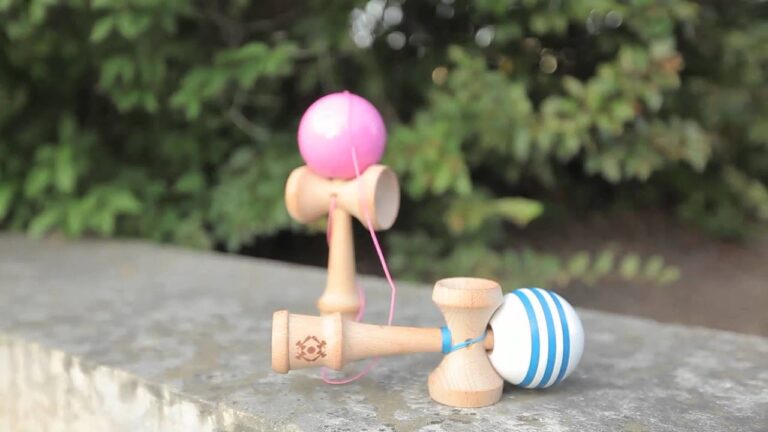
The most significant technical advancement in modern kendama has been the development of specialized paint formulas that affect performance. Traditional glossy paints, while visually appealing, offered limited grip. The introduction of “sticky” or “rubber” paints created greater friction between the ball and cups, enabling more complex tricks and combinations. Further innovations like “cushion” paints add a slight give to the impact surface, making spike catches more reliable. These technical improvements have directly enabled the progression of trick difficulty that characterizes modern play.
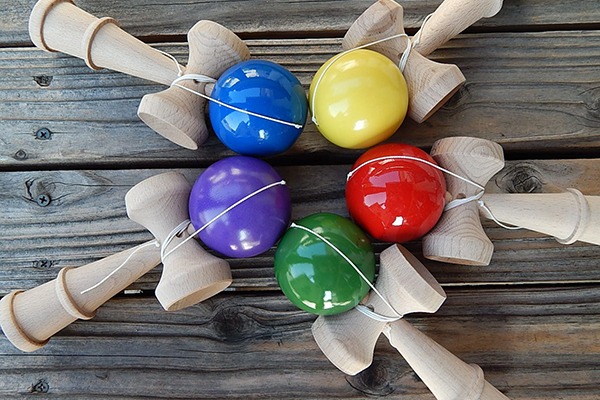
The artistic dimension of kendama has flourished alongside these technical innovations. Many companies now produce limited runs with unique artwork, collaborations with graphic artists, and special editions tied to events or seasons. The tama (ball) has become a canvas for creative expression, featuring everything from subtle gradient fades to elaborate graphic designs. This fusion of function and aesthetics has elevated kendama from mere plaything to collectible art form, with some limited editions becoming valuable commodities within the community.
Finding Your Perfect Kendama: Why Rakufun Connects You to Authentic Japanese Quality
For international enthusiasts seeking authentic Japanese kendama, the path to ownership has traditionally involved navigating language barriers, international shipping restrictions, and limited selection. This is where Rakufun provides an invaluable service, bridging the gap between Japanese craftsmanship and global appreciation.
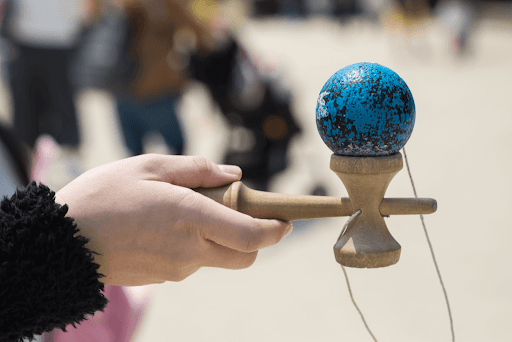
Rakufun operates as a professional Japanese proxy shopping service, offering international customers access to a wide range of Japanese products including premium kendama from both established manufacturers and boutique artisans. Through Rakufun’s platform, enthusiasts can explore offerings from multiple Japanese sources including Rakuten, Rakuma, Mercari, and specialty toy stores that typically don’t ship overseas.

Rakufun simplifies the international purchasing process by handling payment, communication with sellers, consolidation of multiple purchases, and international shipping logistics. For kendama enthusiasts, this means access to a broader selection of authentic Japanese products with the convenience of a single platform and customer support to navigate any questions that arise during the process.
The Enduring Appeal of Analog Play
In our increasingly digital world, the continuing appeal of kendama represents something profound about the human need for tactile engagement and measurable skill development. Unlike video games with their virtual achievements, kendama offers tangible progress marked by the satisfying click of a successful trick, the worn wood of a well-practiced toy, and the visible improvement of one’s abilities over time.

Kendama’s resurgence speaks to a broader cultural moment that values mindfulness, physical activity, and authentic experiences. It provides a portable practice that demands focus while offering community, both locally through jam sessions and globally through online connections. As the toy continues to evolve both in design and in the tricks performed with it, its core appeal remains unchanged: the simple, profound satisfaction of mastering gravity through patience and practice.
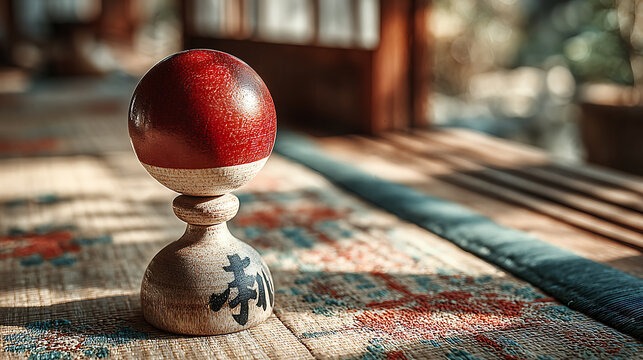
For those inspired to begin their own kendama journey, services like Rakufun offer unprecedented access to the finest examples of this evolving tradition. Whether you’re seeking your first beginner model or a professional-grade piece of equipment, the world of kendama awaits—a gravity playground that continues to challenge and delight players across generations and cultures.
Rakufun simplifies Japanese proxy shopping and global shipping, your all-in-one app for a seamless, fee-free experience:https://blog.rakufun.com/?p=9706

